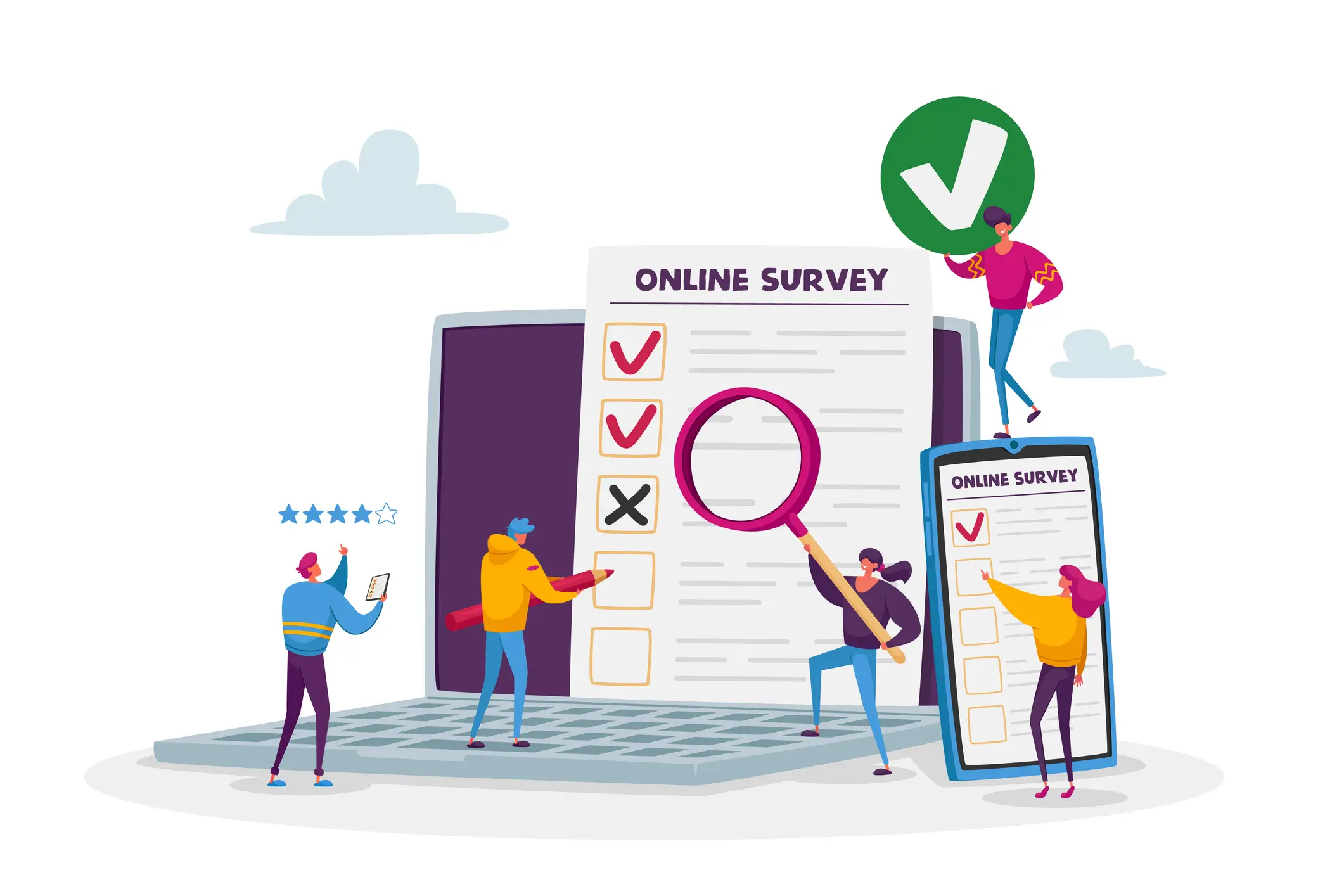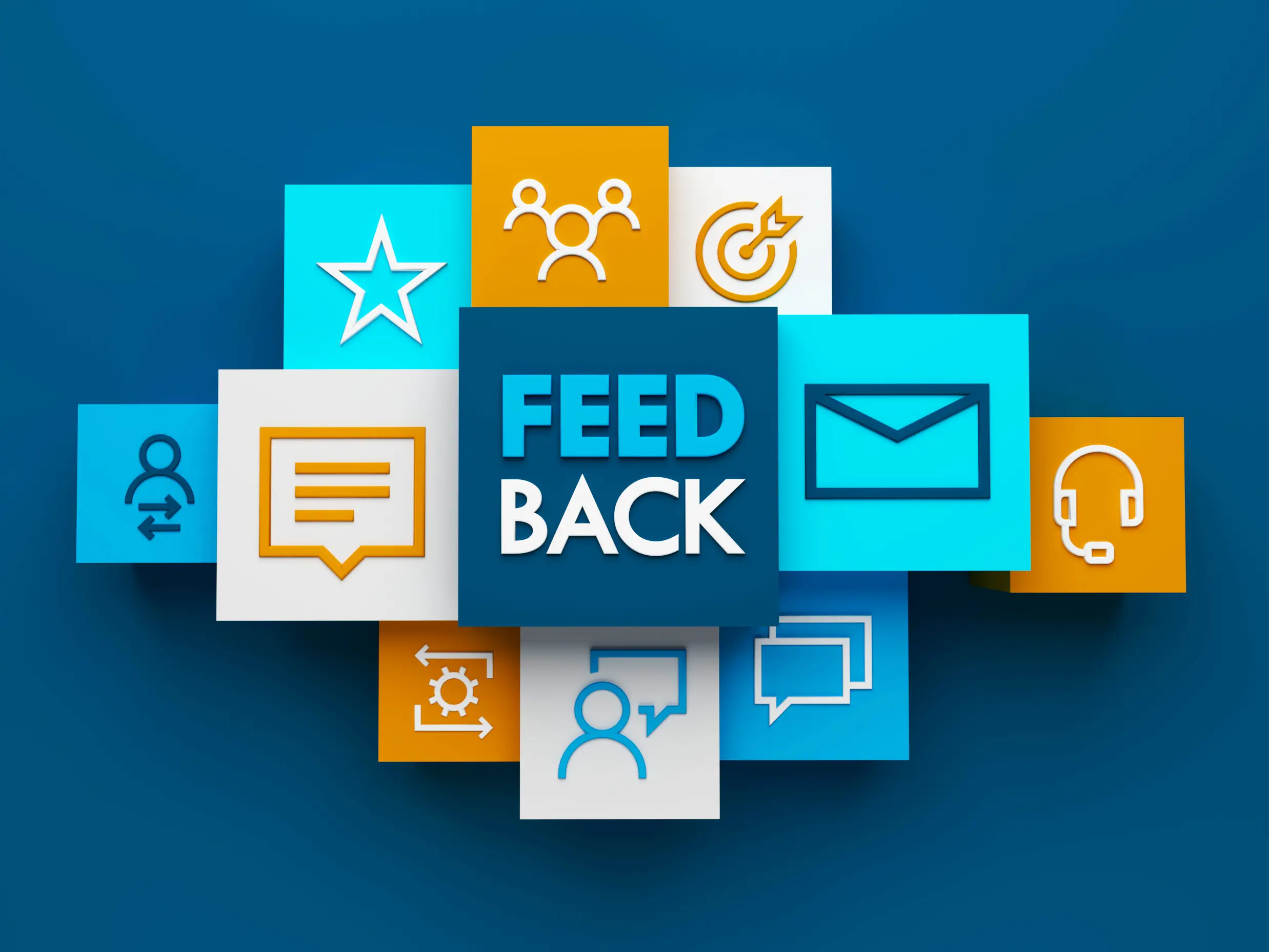In today’s high-stakes B2B environment, sales teams are under pressure to do more with less, fewer touchpoints, tighter timelines, and higher buyer expectations. Yet despite investing in tools and training, many teams still fly blind at key moments in the sales cycle. What’s missing? Timely, actionable feedback. Sales survey automation helps teams consistently improve win rates, reduce deal cycle friction, and increase sales team productivity, by surfacing insights that lead to better decision-making and faster course correction.
Sales Teams That Win, Listen Better
In a world where buyers have more options than ever, the sales teams that win are those that listen most effectively. Sales survey automation ensures you’re always listening, always learning, and always improving your approach to closing deals.
When done right, this approach dramatically improves deal velocity, close rates, and customer satisfaction, while significantly boosting sales team productivity.
Why It Matters More Than Ever
Sales survey automation isn’t just about collecting feedback, it’s about creating a competitive advantage at every critical moment in the sales cycle.
By systematically gathering insights from prospects, customers, and stakeholders, high-performing sales teams make better decisions, optimize their process, and ultimately win more deals.
For organizations prioritizing data-driven selling, revenue optimization, and tighter CRM alignment, sales survey automation is a natural extension of your existing GTM strategy. It complements tools like Salesforce by capturing voice-of-customer data in real time, directly within your workflows.
Whether you’re a:
- B2B Sales Leader aiming to improve your team’s close rate,
- Revenue Operations Manager looking to make data-driven process changes, or
- Salesforce Administrator evaluating native optimization tools—
-
Capture Real-Time Sentiment with Deal Health Surveys
The most critical moments in any sales cycle are often the most opaque. After a demo, proposal presentation, or stakeholder meeting, sales reps are left guessing about true sentiment. Did the decision-maker really love the product, or were they just being polite? Are there hidden objections that haven’t surfaced yet?
Sales survey automation solves this visibility problem by capturing honest feedback when it matters most. By setting up multi-stage lifecycle triggers, you can automatically send targeted surveys after key sales activities whether that’s following up on a demo, checking in after a proposal submission, or gauging interest after a stakeholder presentation.
The power lies in the timing and automation. Rather than relying on sales reps to remember to follow up (which often doesn’t happen during busy periods), sales survey automation ensures systematic automated sales feedback collection. This immediate feedback allows sales teams to address concerns quickly, adjust their approach, or double down on what’s working, ultimately enhancing sales team productivity.
Smart scheduling ensures these surveys arrive at the optimal moment, immediately after an interaction when the experience is fresh, or after a strategic delay that allows prospects to digest information without feeling overwhelmed.
-
Analyze Closed Deals Using Win-Loss Surveys
Every closed deal, whether won or lost, offers critical insights. Yet most sales teams overlook these learnings in the rush to move on. Automating win-loss surveys creates a continuous feedback loop: losses highlight friction points to fix, while wins reveal what resonated and should be doubled down on. Over time, this data-driven approach sharpens sales strategy, increases conversion rates, and boosts team productivity.
By automatically triggering surveys when deals move to “closed-lost” status, you can gather specific automated sales feedback about what went wrong. Was it pricing? Timeline? Feature gaps? Internal politics? This granular data becomes invaluable for refining your sales process and messaging.
But the real magic happens when you combine this feedback with integrated scoring and analytics. By tracking patterns across multiple lost deals, you can identify systemic issues that are costing you revenue. Maybe prospects consistently mention that your onboarding timeline is too long, or that a specific competitor is consistently winning on a particular feature.
The flexible scheduling capabilities of sales survey automation allow you to gather this feedback at multiple touchpoints, not just at the end of failed deals, but throughout the process. This creates opportunities to course-correct before deals are lost, turning potential losses into wins and maximizing sales team productivity.
-
Use Customer Proof Points from Voice of Customer (VoC) Surveys
Your existing customers are your best sales asset, but most sales teams underutilize the insights these relationships provide. Sales survey automation can systematically capture customer satisfaction data, success stories, and specific value metrics that become powerful tools for closing new deals.
By setting up recurring surveys that track customer satisfaction (CSAT) and Net Promoter Score (NPS) across your customer base, you create a continuous stream of testimonials, case studies, and proof points. When integrated with your CRM analytics, this automated sales feedback becomes immediately accessible to sales reps during active deals, significantly improving sales team productivity.
The targeted recipient selection capabilities ensure you’re gathering feedback from the right people, the actual users of your product, decision-makers who championed the purchase, or executives who can speak to business impact. This granular approach means you’re not just collecting generic testimonials, but specific, relevant success stories that address common prospect concerns.
Activity logging maintains detailed records of all feedback, creating a searchable database of customer insights that sales teams can leverage during prospect conversations. When a prospect raises a concern about implementation timelines, you can immediately reference automated sales feedback from similar customers who successfully navigated the same challenge.
this guide outlines three key ways survey automation transforms sales performance.
Here are three proven ways sales survey automation can transform your sales performance and boost sales team productivity:
Making Sales Survey Automation Work: The Technical Foundation
The effectiveness of sales survey automation depends on seamless integration with your existing sales process. Native Salesforce integration ensures that survey data flows directly into your CRM, where it can be immediately acted upon by sales teams to enhance sales team productivity.
Granular permissions allow you to control who can configure and execute survey campaigns, ensuring that the right people have access to sensitive feedback data while maintaining security. Email throttling and opt-out management ensure that your automated outreach enhances rather than damages prospect relationships.
The ability to work with any Salesforce object, whether standard objects like Opportunities and Campaigns or custom objects specific to your business, means you can gather automated sales feedback at every stage of your unique sales process.
Final Thought: Don’t Just Sell. Listen.
The best sales organizations don’t just pitch, they listen, adapt, and improve.
Sales survey automation transforms every interaction into insight, giving your team the clarity and confidence they need to close more deals.
Ready to transform your sales approach? Get Your Free Salesforce Feedback Strategy Assessment
More Like This

Rajesh Unadkat 
Founder and CEO
Rajesh is the visionary leader at the helm of SurveyVista. With a profound vision for the transformative potential of survey solutions, he founded the company in 2020. Rajesh's unwavering commitment to harnessing the power of data-driven insights has led to SurveyVista's rapid evolution as an industry leader.
Connect with Rajesh on LinkedIn to stay updated on the latest insights into the world of survey solutions for customer and employee experience management.



